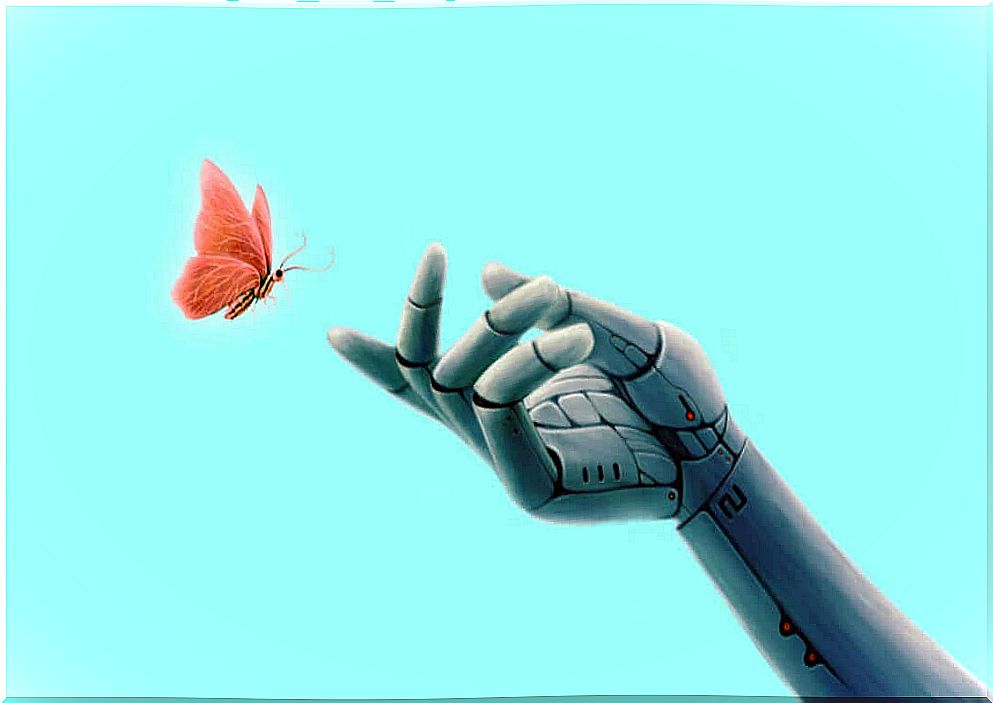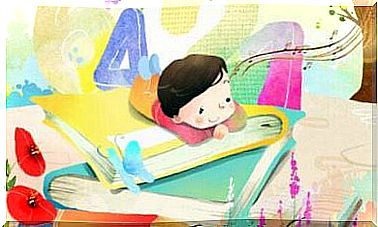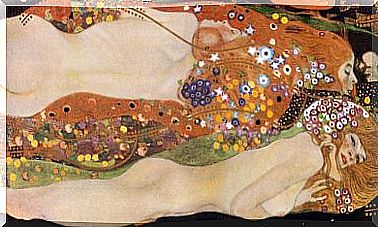William Irvine And The Art Of The Good Life

William Irvine is a professor of philosophy at Wright State University (Ohio, USA). He became famous in many countries mainly thanks to the publication of two books: A guide to the Good Life and On Desire: Why We Want What We Want . His work, as a whole, focuses on the values that seem to rule the world today in the West.
The philosopher declared himself a follower of the Stoic school, a current whose main representatives in antiquity were Zeno, Seneca and Epictetus. The Stoics promoted the principle of exercising control over situations and passions that disturb life.
In terms of ethics, the Stoics advocated individual responsibility, prudence and moderation. They stressed that the raison d’etre of man was happiness and that this could be achieved through virtue.
All of this, in turn, has to do with reasonable conduct. William B. Irvine believes stoicism still holds true and that the world should definitely turn its gaze towards it.

William Irvine and Stoicism
William Irvine has often pointed out that stoicism is a philosophy of life. Many think of Stoics as a kind of “moralists” who avoid, or rather repress, negative emotions in order to maintain the “right balance” in life. Irvine sees this as a somewhat distorted view.
Stoicism, on the other hand, is about dealing with negative emotions. The aim is not to deny or inhibit them, but to treat them in the style that Seneca proposed in The Consolations . In this work, the Roman philosopher recalls that the only good is the moral one, just as the only evil is the moral one; everything else is indifferent.
Therefore, the complaints and sufferings arise from the fact that misfortunes are not expected and are therefore not accepted. Some live in the fantasy that bad luck will never strike them; therefore, when it arrives, it inevitably generates surprise and resistance.
The Stoics, and William B. Irvine in particular, think that “the negative” is actually an interpretation of the real. In other words, each person gives it this connotation.
Philosophy and life
William B Irvine argues that philosophy plays a very different role in today’s world than in antiquity. In the past it was a space to rethink reality, but now it has become academic knowledge.
However, everyone needs and, in fact, adopts a philosophy of life. The problem is that nowadays there is nowhere to look for it, because it is not something that involves any faculties. Therefore, people are forced to look elsewhere for those precepts or guidelines for living.

Stoic joy
The art of the good life consists in enjoying everything, without being attached to any material good. If attachment arises, excess arises and this is a source of suffering.
Living with virtue means living reasonably, not being attached to the precepts of a doctrine. In turn, being reasonable means seeking happiness and showing some flexibility in the face of life circumstances.
William B. Irvine and the Stoics argue that the root of suffering is not in the realities themselves, but in the opinion that is built around them. So, for example, if something “bad” happens, it is not bad in itself.
If you adopt another opinion, perhaps fading “the evil”, you come to discover that perhaps it was not so terrible, or that it still made a contribution, or that perhaps it does not really matter.
Judgments, opinions and values remain under control. A person decides how he reasons and what perspective he takes on reality. Everything else is out of control, so in the Stoic view, it doesn’t matter. William B. Irvine is one of those authors worth consulting to enrich one’s life.






